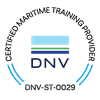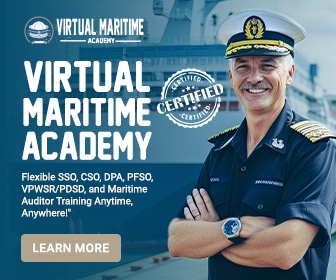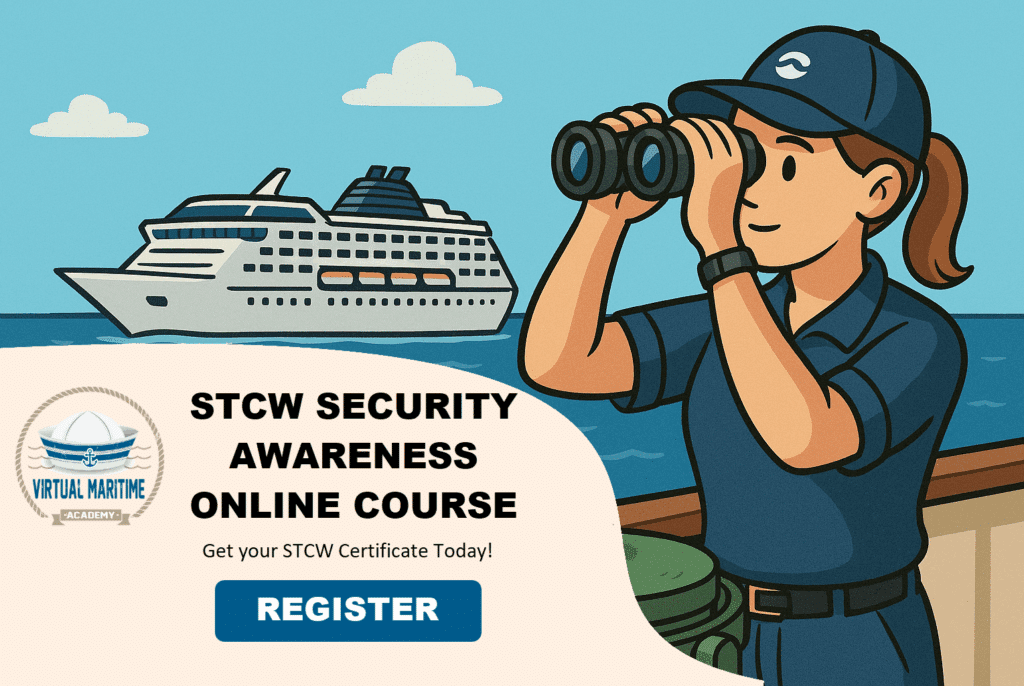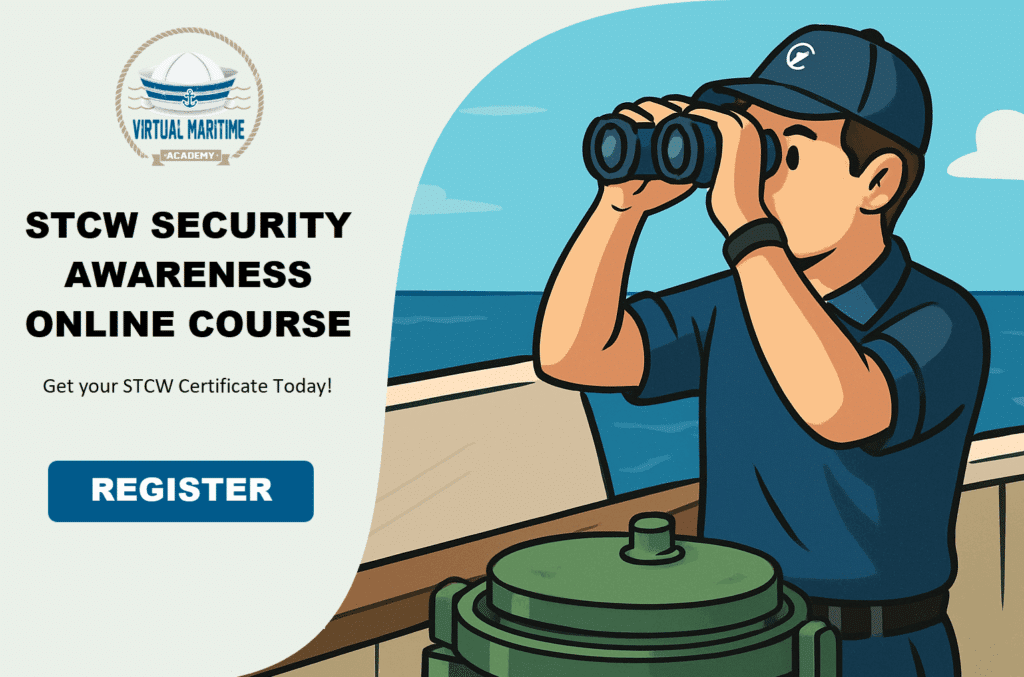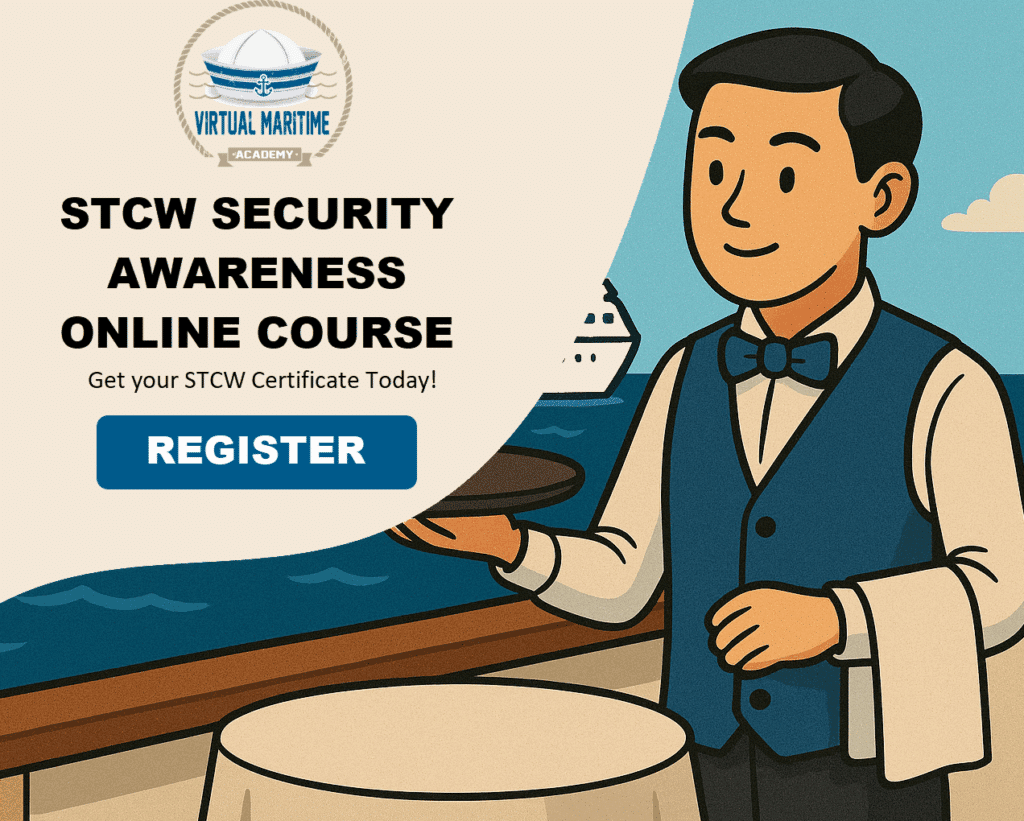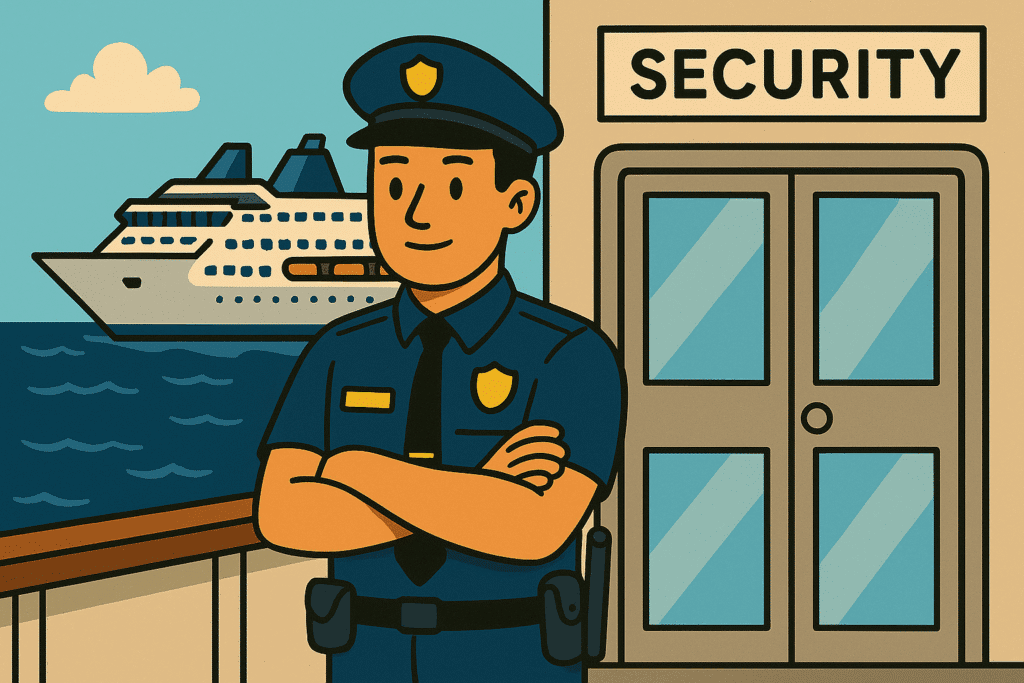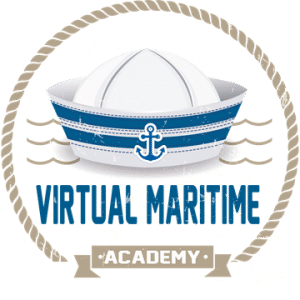In the cruise industry, security is not just a responsibility—it’s a shared commitment among all crew members to ensure the safety of passengers and the vessel itself. Understanding different security levels is critical for effective cruise ship operations, as even a minor security lapse can have severe implications. The Proficiency in Security Awareness (PSA) course, a pivotal element of seafarer security awareness, equips crew members—including those not directly responsible for security—with vital knowledge about these levels. This article delves into the importance of understanding security levels in the maritime environment, key concepts that cruise crew must grasp, and how the PSA course shapes their approach to onboard security. From practical insights to best practices, we’ll explore the critical role each crew member plays in maintaining robust security measures on board.
Learn More About our PSA Online Course Here!
Key Takeaways
- Understanding security levels is crucial for cruise crew to ensure safety at sea.
- Key concepts include threat identification, risk assessment, and emergency response planning.
- The PSA course equips crew members with the knowledge to navigate various security levels effectively.
- Crew members should regularly practice and update security protocols to adapt to changing threats.
- Maintaining onboard security relies on teamwork, vigilance, and adherence to best practices.
Introduction to Security Levels in the Cruise Industry
In the cruise industry, understanding security levels is crucial for all personnel, particularly those involved in security awareness training. Through the Proficiency in Security Awareness (PSA) course, cruise ship crew members learn about the various security levels established by the International Ship and Port Facility Security (ISPS) Code. Security levels are categorized into three distinct tiers: Level 1, where normal security measures are in place; Level 2, which necessitates increased vigilance due to heightened threat perception; and Level 3, requiring stringent security measures due to an imminent threat of a security incident. The PSA/VPWOSR (Vessel Personnel Without Security Responsibilities) course is designed to equip seafarers with the essential knowledge and skills to recognize and respond appropriately to these security levels, fostering a culture of safety and vigilance among all crew members. Understanding security levels is not just a regulatory requirement; it is an indispensable aspect of maintaining safe cruise environments, protecting the ship, passengers, and crew alike.
Key Security Concepts for Cruise Crew
Understanding security levels is fundamental for cruise crew members enrolled in the PSA/VPWOSR course, as it lays the groundwork for effective seafarer security awareness. The International Ship and Port Facility Security (ISPS) Code classifies security into varying levels, which dictate the required measures and responses to potential threats. At Security Level 1, the standard operating procedures are in place, and the ship operates under normal security conditions. Security Level 2 is implemented when there is a heightened risk of a security incident, prompting crew members to take additional precautions, such as monitoring access points more closely. Finally, Security Level 3 indicates a serious threat, requiring urgent and decisive action to ensure safety. Cruise ship security training emphasizes the importance of recognizing these levels and adapting responses appropriately. By grasping these concepts, seafarers can significantly contribute to a safe cruising environment, reinforcing their vital role in maintaining the ship’s overall security posture.
Learn More About our PSA Online Course Here!
The Role of the PSA Course in Understanding Security Levels
Understanding security levels is paramount for all cruise ship crew members participating in the PSA/VPWOSR course. The PSA, or Proficiency in Security Awareness, serves as a vital foundation for seafarer security awareness, highlighting the importance of recognizing and responding to potential security threats. In the PSA course, crew members learn to differentiate between various security levels established by the International Ship and Port Facility Security (ISPS) Code. These MARSEC levels – ranging from level 1 (normal) to level 3 (exceptional) – dictate the measures and precautions that need to be taken onboard. By grasping these security levels, cruise crew can effectively contribute to a safer maritime environment, ensuring that preventive actions are taken and that they are always alert to any unusual activities. Ultimately, embracing the teachings of the PSA course empowers cruise ship staff to be proactive in fortifying shipboard security, which is crucial in today’s evolving maritime landscape.
Best Practices for Maintaining Security on Board
Effective cruise ship security training is vital for ensuring the safety of passengers and crew alike. One key aspect of this training involves understanding the Security Levels Explained in the PSA/VPWOSR course, which provides essential guidance for maintaining security on board. As part of their seafarer security awareness training, cruise crew members must familiarize themselves with the different security levels — Level 1 (normal conditions), Level 2 (heightened risk of security incident), and Level 3 (immediate and urgent threats). Understanding these levels equips crew members to respond correctly based on the current threat environment, reinforcing their capability to act swiftly and effectively in various situations. For instance, during Level 2 conditions, crew members could implement additional access control measures, enhance monitoring of passenger movements, and ensure familiarization drills are conducted. By incorporating these best practices from the PSA/VPWOSR course into their daily operations, crew members not only contribute to a safer environment but also embody the proactive attitude necessary for comprehensive shipboard security management.
About Virtual Maritime Academy
Virtual Maritime Academy is a global leader in online maritime education and training, offering courses designed to meet the evolving needs of the shipping industry. As a DNV Certified Maritime Training Provider with CPD accreditation, we deliver cutting-edge programs that prepare seafarers and maritime professionals for today’s and tomorrow’s challenges. 🌊⚓

